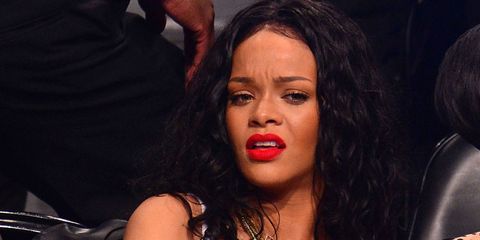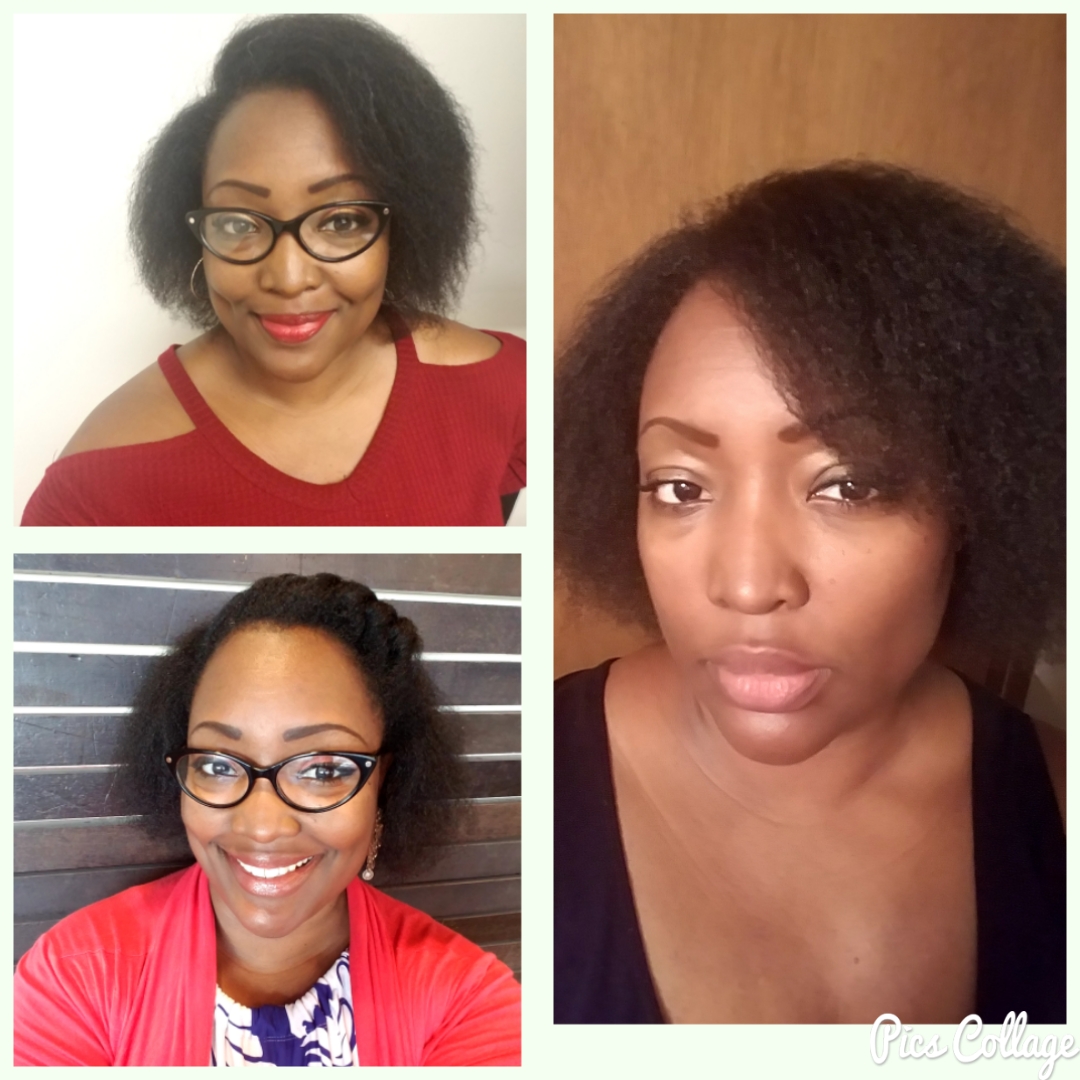
This time last year I was almost two months into my sisterlocks journey, and I didn’t experience any extreme dryness or curly pieces of hair falling onto my shirt. Well, this winter I have very dry, dusty looking sisterlocks with small pieces of hair (shedding) falling onto my shoulders when I run my fingers through my locs. I’m one year into my loc journey and I haven’t used anything in my hair other than the sisterlocks dandruff shampoo that I just ran out of…until a few weeks ago.
I use vitamin e oil on my locs

*GASP*
Because of my dandruff and itchy scalp issues, I began to oil my scalp with vitamin e oil and other essential oils that help scalp conditions naturally. I only oil the problem areas, not my entire scalp. I also made an oil concoction mixed with distilled water that I can spritz onto my locs and scalp every so often. But lately I’ve noticed that wasn’t enough. My locs are extremely dry and the shedding began to concern me. So after I washed my hair this past Saturday, I decided that I would lightly apply vitamin E oil directly to my locs. I decided to go this route because I haven’t researched a good loc moisturizer to use yet, and I want to consult with my loctician. Remember, I haven’t seen her since October. Anyhoo, not only do my locs look better, but they feel better. Please keep in mind that I don’t put oil on my scalp or locs daily. Only as needed. Also, I know that oil alone is not a moisturizer, that’s why I made the oil and water blend to balance it out.
Hair washing increased and on a regular schedule

Of course, since I am using oil on my scalp and locs, I need to wash my locs regularly so that I don’t get nasty build up in my locs. So far I am not noticing any build up. In order for this to continue, I have to continue to be diligent about washing my hair. I am determined to stick to washing my hair once a week as long as I use oil on my hair. When I see my loctician next week, I will express my desire to use a moisturizer of some kind on my locs to combat the dryness and shedding that I’m experiencing due to our cold winter weather.

On a side note, it’s time for me to think more about covering my locs and protecting them more. I need to stop leaving the house without covering my locs. I’m going to purchase a satin lined winter hat. I found some nice ones on Amazon, Etsy.com, kinksandcoils.com, and graceeleyae.com. When visiting their sites, search for satin lined winter hats.
Dry, brittle, dusty looking locs isn’t cute on anyone. It’s bad enough I have a bush of new-growth under my locs, but to have them looking dry and ashy too? No ma’am. Not cute. What do you do for your locs during the winter months? Do you moisturize them, and if so what do you use? I’d love to hear from you no matter what kind of locs you have!















